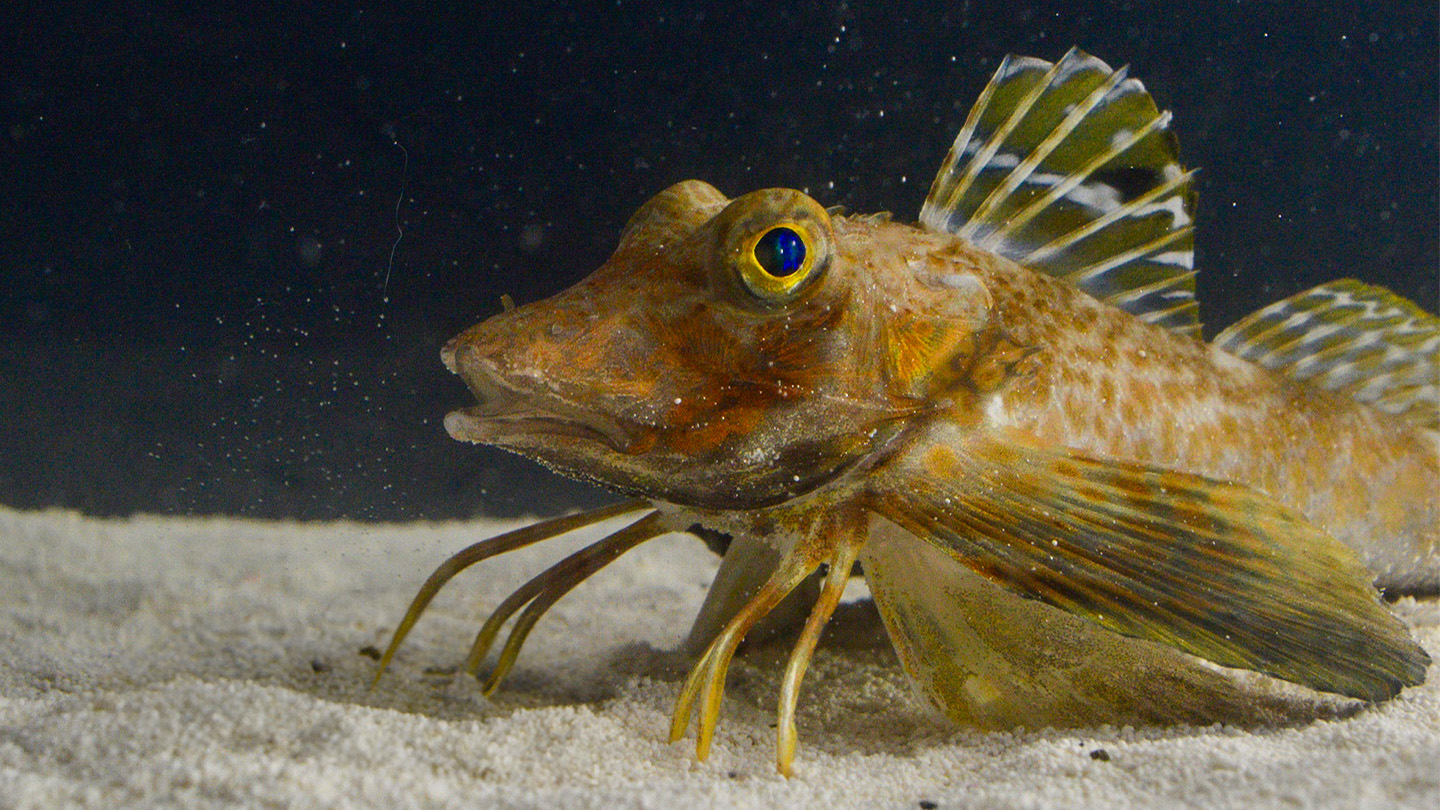Sea robins’ legs are not only crablike, but also like tongues
It’s a bird! It’s a crab! No, it’s a fish that can taste with its legs.
Some sea robins, a group of fishes with two winglike fins and six crablike legs, use their legs to dig in sand and find buried prey with a sense much like taste, researchers report in two papers published September 26 in Current Biology. Most sea robins seem to use their legs only for walking. But an ancient gene important for the formation of limbs in humans and other animals, as well as a gene involved in building taste buds, helped a few species develop legs that taste.
Though the legs aren’t technically legs, Herbert notes. While the fishes do use the appendages for moving around — which prompted the team to call them legs — their position on a sea robin’s body is more akin to using arms to walk.
Whether arms or legs, Jiang wonders whether the limbs’ papillae can sense bitter compounds that don’t signal food but instead tell sea robins when they’ve found something that they want to avoid. He also wants to know if the taste buds in sea robin mouths detect the same tastes that their legs do. “Once they actually find food, what’s the next step?”
That’s a lovely fish. Nature never ceases to amaze me.
Huh, TIL.
That’s the closest I’ve heard of any real biology coming to Andalite legs and hooves.



